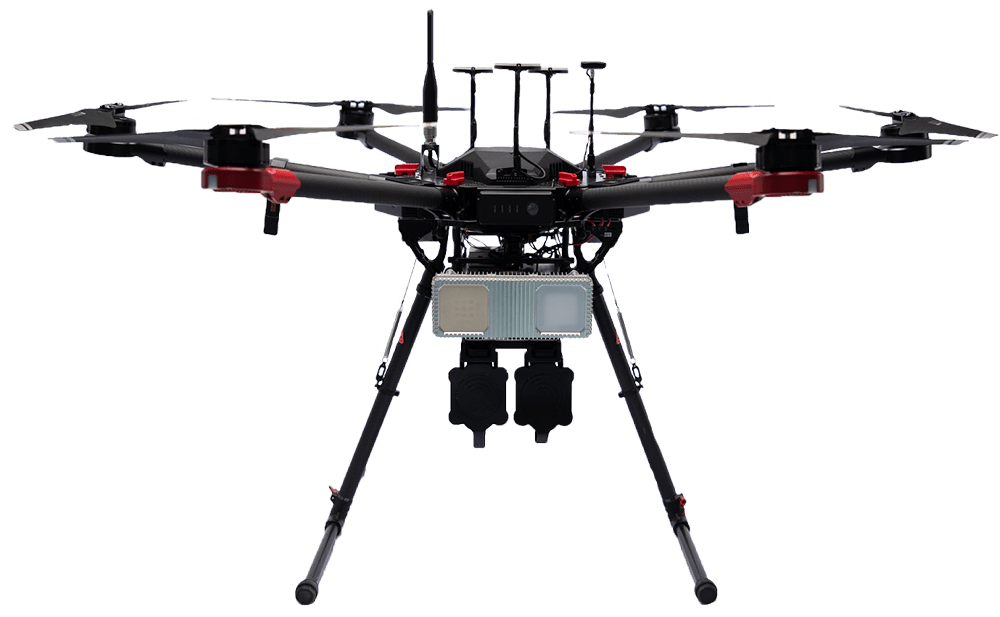

As drone-related disruptions mount across Europe, the spotlight on counter-unmanned aircraft systems (cUAS) and airspace awareness technologies has grown more intense. A recent announcement from Fortem Technologies underscores how nations are moving beyond incident response toward preemptive systems deployment to protect critical infrastructure and civil aviation.
Fortem’s Latest Orders Signal Escalating Demand for Counter UAS systems in Europe
In a press release dated October 8, 2025, Fortem Technologies disclosed that it received orders for a dozen of its SkyDome® counter-drone systems during the third quarter of 2025.
These orders, placed by U.S. allies in Europe and the Middle East, represent a doubling of demand compared both to Q2 and to the same quarter in 2024, according to the company.
Fortem’s SkyDome architecture integrates:
The company emphasizes that its solutions are already validated in contested environments, and that it holds unique U.S. authorization to deploy kinetic, drone-on-drone interceptors in national airspace.
Fortem frames this uptick in orders as evidence that allied governments are accelerating investment in scalable aerial defense capabilities in response to a rising tide of “rogue-drone incursions.”
A Pattern of Incursions Amplifies Pressure on Airspace Security
The announcement arrives amid a backdrop of high-profile drone events that have rattled European civil aviation and defense stakeholders in recent weeks.
In early October, Munich International Airport suspended operations overnight after multiple unconfirmed drone sightings over its airspace.
While no drone was recovered or identified, the disruption led to dozens of cancelled or diverted flights and stranded passengers. The episode also reignited debate in Germany over granting military shoot-down authority for rogue drones—an idea already under legislative consideration.
A few days earlier, Copenhagen Airport was forced into a near four-hour shutdown following reports of large, coordinated drone activity near the airfield.
Authorities described the drones’ behavior as deliberate and maneuvered with apparent sophistication, prompting serious concern over vulnerabilities to critical infrastructure. Danish officials called it “the most serious attack on Danish critical infrastructure to date.”
These events illustrate a broader pattern: drone incursions—whether by mischief, hybrid threat, or worse—are becoming more visible, and the tolerance for risk in shared airspace is narrowing.
From Incident Response to Systemic Preparedness
The convergence of market signals and field disruptions suggests that many governments are shifting from reactive tactics to proactive posture. Deploying cUAS systems preemptively—especially around critical nodes such as airports, defense facilities, and infrastructure sites—offers several advantages:
-
Persistent awareness: Constant detection and surveillance, rather than periodic patrols, reduce the chance of surprise incursions.
-
Rapid attribution: High-fidelity sensors improve the ability to catalog, track, and potentially trace drone actors.
-
Scalable deterrence: The capability to neutralize or mitigate threats—rather than relying purely on passive airspace denial—provides a stronger deterrent.
-
Policy alignment: As nations adopt stricter regulatory measures (including shoot-down authorities or “drone wall” proposals), having tested systems in place becomes essential for legal and operational compliance.
Fortem’s doubling of orders in Q3, particularly to allied customers in Europe and the Middle East, suggests that procurement timelines are tightening within defense and security planning cycles.
Challenges Remain: Differentiation, Integration, and Public Trust
Deploying counter-UAS systems at scale presents several challenges that governments and industry must address. One of the most persistent issues is the ability to distinguish between authorized and unauthorized drones in complex airspace environments. Accurately differentiating between benign operators and potential threats is crucial to avoiding unnecessary disruption or escalation.
Another obstacle is system integration. Counter-drone platforms need to operate seamlessly with existing radar networks, air traffic management systems, and security command centers. Without strong interoperability, even the most advanced technologies can create gaps in situational awareness or slow response times.
Legal and regulatory complexities also play a significant role. Jurisdictions differ widely in how they assign authority for detection, tracking, and especially for kinetic mitigation of drones. Navigating these rules remains a challenge for both technology providers and operators seeking consistent standards across borders.
Finally, public perception and trust cannot be overlooked. Policies that encourage over-reporting or empower aggressive mitigation measures risk stigmatizing lawful drone use and discouraging innovation. As discussed in recent DRONELIFE commentary, balancing the urgency of security concerns with the need to support legitimate commercial drone activity will remain a delicate task for policymakers.
Looking Ahead: A New Normal for Airspace Security
The intersection of increasing drone activity near sensitive sites, shifting national policies, and rising procurement momentum paints a landscape in flux. Europe—and by extension many allied nations—appears to be entering a new phase of airspace defense, where situational awareness and layered countermeasures are becoming baseline expectations rather than optional enhancements.
Fortem’s recent orders are emblematic of that shift, but they also highlight a broader imperative: to design systems, policies, and public frameworks that can adapt to evolving threats without undermining innovation, civil uses, or trust.
As governments move to operationalize drone walls, shoot-down authorities, and contiguous sensor grids, the drone industry—both commercial and defense—must engage in dialogue to balance security, safety, and utility in the airspace ecosystem.
Read more:


Miriam McNabb is the Editor-in-Chief of DRONELIFE and CEO of JobForDrones, a professional drone services marketplace, and a fascinated observer of the emerging drone industry and the regulatory environment for drones. Miriam has penned over 3,000 articles focused on the commercial drone space and is an international speaker and recognized figure in the industry. Miriam has a degree from the University of Chicago and over 20 years of experience in high tech sales and marketing for new technologies.
For drone industry consulting or writing, Email Miriam.
TWITTER:@spaldingbarker
Subscribe to DroneLife here.


